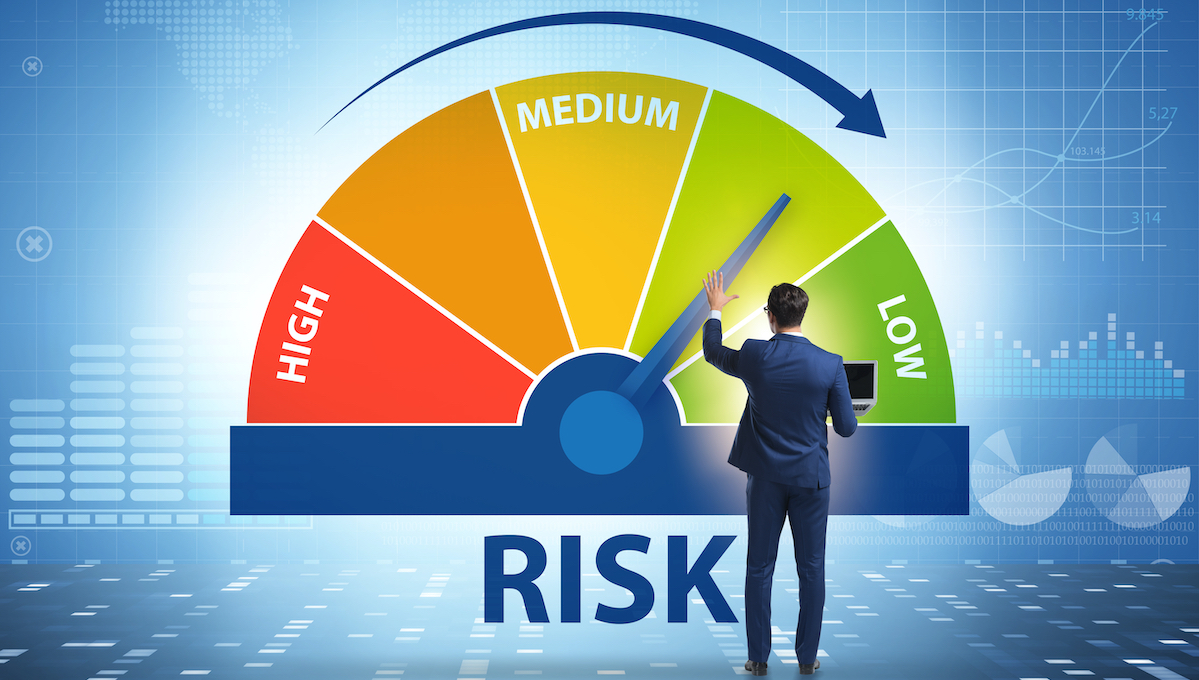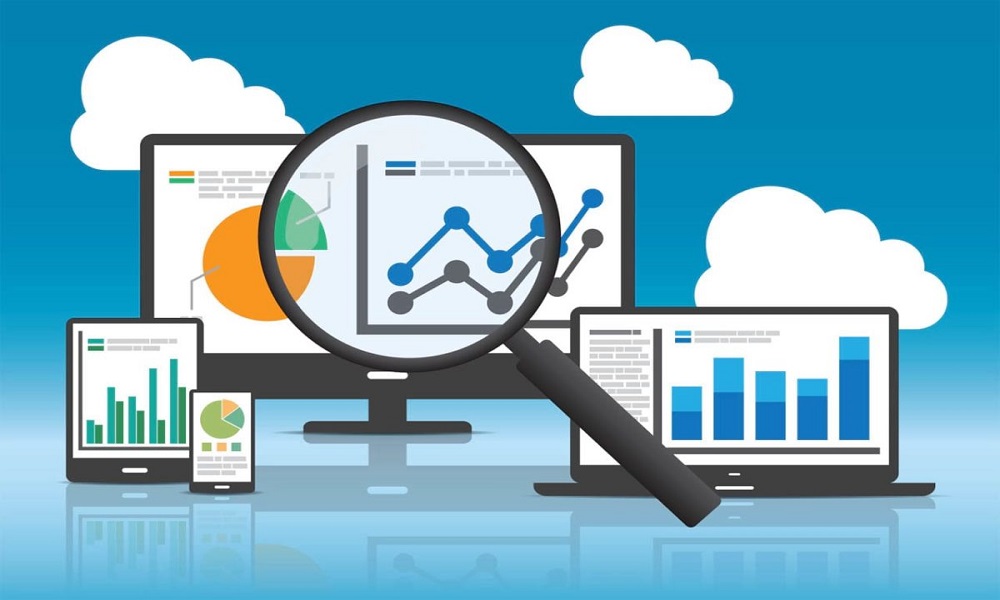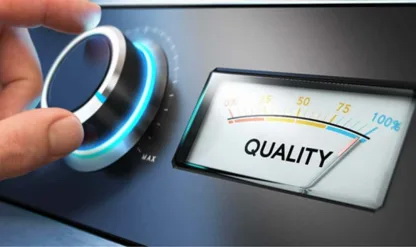All projects face many opportunities and risks during their lifetime (from the beginning to the end of the work). You must know that risks are the risk factors that can disrupt the implementation of the project and ultimately cause its failure. To avoid these possible risks, risk management is an absolutely necessary action. Read this article to the end to tell you what risk management is and what it needs to be done.
What is risk management?
Risk management is the identification, evaluation and prioritization of possible risks and then the coordinated and optimal use of resources to minimize the possibility of the impact of unfortunate events or to maximize the possibility of realizing opportunities.
Risk exists where there is opportunity for profit and loss. We usually think of risks as exposure to loss. For example, a damaged building, incomplete and defective products, a tarnished brand (brand), each is a risk that can be avoided by properly implementing risk management.
In the business world, risk management is the process of identifying, analyzing and accepting uncertainty in decisions. Usually, risk management happens when a manager or investor analyzes the possibility of losses and risks of an investment and tries to take appropriate measures according to the investment goals and risk tolerance.
Risk can be measured both in absolute and relative terms. A complete and correct understanding of different forms of risk can help investors to evaluate the opportunities and costs associated with different investment approaches.
In general, risks are divided into 2 categories:
- Pure risks : In these risks, the expected results are a loss. such as damage caused by fire, traffic accidents, theft, etc.
- Risk of win or loss : In this category of risks, you may lose, you may gain, or the situation may remain unchanged. Investing in the stock market, a manager’s decision to launch a new product line, etc. are examples of this type of risk.
What is the risk management structure?
Risk management structures include planning, organizing, budgeting and cost control. Therefore, they are designed to do more than point out the risks involved.
A good and efficient risk management structure should be able to calculate the uncertainties and predict their impact on the business. Therefore, accepting or rejecting risks depends on the tolerance levels that a business has already defined for itself.
If a business sets up risk management as a regular and continuous process to identify and resolve potential risks, risk management structures can be used to support other risk mitigation systems. In such a case, your business will not be surprised by the risks, because the focus on risk management is fully active.
What is the risk management process?
So far we know what risk management is and what its structure is, in this section we will introduce the items in the risk management process:
- Methodical identification of risks surrounding your business activities
- Evaluating the probability of occurrence of events
- Understanding how to react to these events
- Putting systems in place to deal with the consequences of events
- Monitoring the effectiveness of risk management approaches and controls
Therefore, Risk management helps you to:
- Improve planning, decision-making and prioritization.
- Allocate resources and funds to each department more efficiently and effectively than before.
- It allows you to minimize the amount of mistakes.
- It helps you to submit your business plan on time and within the available budget.
Remember that following a formal process is essential to ensure consistency, efficiency and effectiveness of risk management.
What are the stages of risk management?
Risk management consists of 5 steps, which we introduce and describe in this section. But keep in mind that depending on the type of working platform, there may be changes in these steps.
Step 1: Determining goals
In the first step, determine the important and key goals of your business. Before trading, determine a strategy and ask yourself, “How much do you need to risk to achieve these goals?”
Step 2: Identification of possible risks
Try to find all the incidents that may have adverse and negative effects. In fact, the stage of identifying risks means that when doing transactions, you should have all the risks that may occur in your mind, so that if they occur, you have the necessary preparation and can react appropriately.
Step 3: Risk assessment
Now is the time to assess the risks and the severity of their impact. Then you should prioritize the risks in order of importance and see how bad and undesirable the expected risks are and how far are you willing to bear these risks?
Step 4: Presenting the solution
This step includes providing answers and solutions for each type of risk, considering its degree of importance. In this way, it is determined what actions should be taken in the event of an adverse event.
Step 5: Monitoring
In the end, you should monitor the risk management research strategy and evaluate its effectiveness in responding to incidents. This step requires continuous data collection and analysis.
We know the stages of risk management and its types. But what are the ways to improve risk management? In the next section, we will tell you what steps you should take to improve your risk management process.
What are the strategies to improve the risk management process?
Explain responsibilities clearly
Any defect and problem in the understanding of the responsibilities of your organization increases the possibility of risk. So it is better to make sure that each person is fully and accurately aware of their duties and responsibilities.
Identify risks early on
The faster you deal with risks and risks, the easier risk management will be. So at the start of any project, think about risk management and see what early warning indicators you can find for each risk.
Describe the risks correctly
It is better to consider a series of risks and define cause and effect for each one.
Assess and prioritize risks
It is necessary to use a risk index to evaluate and prioritize all known risks. In this way, you can also calculate the probability of their impact and their intensity.
Be responsible
If you notice a defect or problem during the work, take responsibility for it and get help from all team members to solve it. Because risk management works best when everyone is allowed to have a say.
Make a list of potential risks
By documenting risks, you’ll have a better overall picture of potential risks, making it easier to share information and respond faster.
think positive
Remember that risks can be positive and provide you with opportunities. So don’t focus only on their negative aspects.
What are the objectives of risk management?
Because managing and assessing risks is the best way to fight against unpleasant events and incidents. By evaluating the program and investigating potential problems and incidents, as well as providing solutions to resolve them, you can ensure project success.
But risk management has 4 main goals. These goals are:
- Identify possible risks
- Reduce risks
- Creating efficient, logical rules for better decision-making in the face of risks
- planning
Risk management is very important; Why?
But what is the importance of risk management? As we said, a powerful and effective risk management program helps businesses to create appropriate solutions to prevent or adjust possible risks and threats. Also, in case of facing danger, minimize its impact. “Management strategies focused on risk management” help organizations to be more confident about their business decisions and reach their goals more easily. Therefore, by implementing risk management in the organization and considering various possible risks and incidents before they occur, your business can prevent the possibility of risks occurring, or if they occur, manage and resolve them in the best possible way.
What are the benefits of risk management?
Now we got acquainted with risk management, its steps and necessity. But what are the benefits of risk management and how does its use affect your business activities?
- Risk management has a reliable and effective performance against possible damages and risks.
- Creates a safe and secure work environment for you.
- It increases the stability of business operations.
- In this process, attention to possible risks and damages reduces the legal responsibilities of the business.
What are the misconceptions about risk management?
Although these days risk management has expanded in the business process management approach, but it is still considered as a negative potential in business. If risk management is a process that depends on the ability to recognize and make the most of opportunities.
However, the statement that “risk is usually associated with negative results” is true. But the purpose of risk management is to identify opportunities to invest in capabilities that are either hidden or less revealed. Therefore, we can say that sometimes facing risk is necessary to achieve better and more effective performance.
We said that risk management is a framework for continuous follow-up and optimization of business processes. Based on the principles of continuous improvement and improvement, risk management is an ongoing process that does not simply stop. Therefore, when it comes to risk management, there is definitely room for process improvement.
And at the end…
We said that the process of risk management is important because, in addition to showing the risks and threats of the environment, it allows you to reduce or eliminate risks before they occur. Neglecting to carry out this process, businesses face heavy and irreparable damage, because they are not able to recognize risks and harmful factors.




